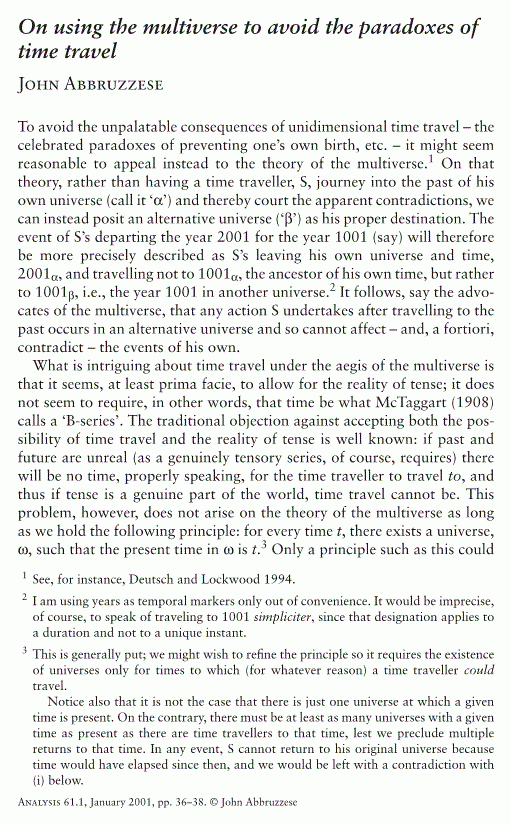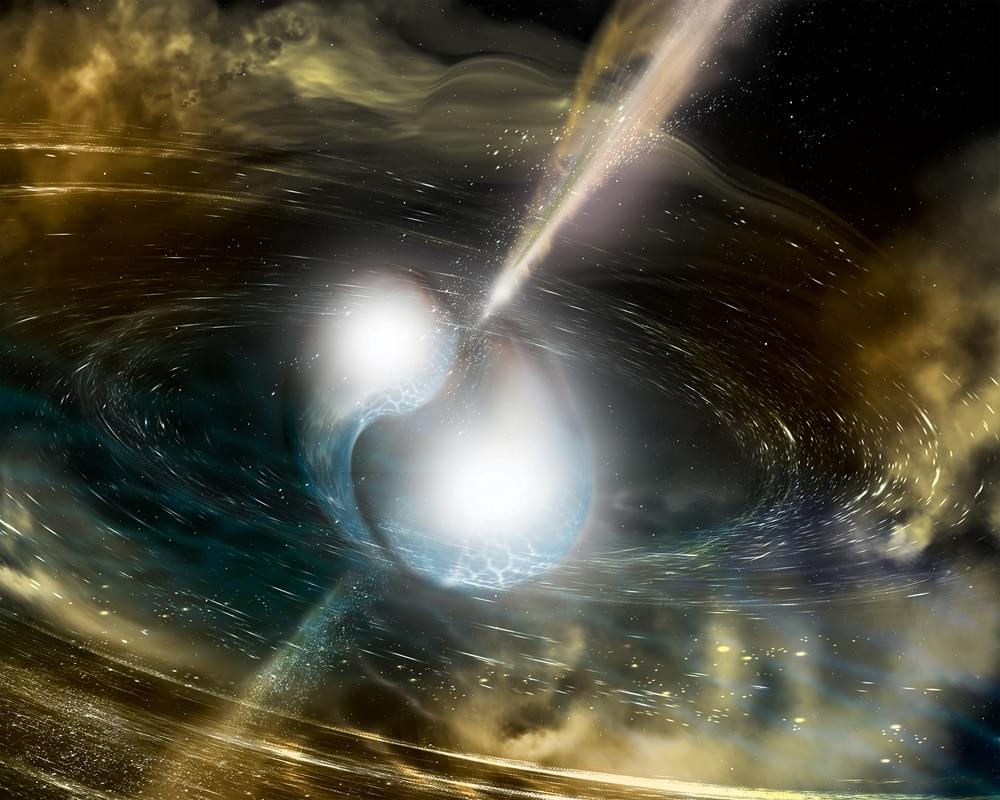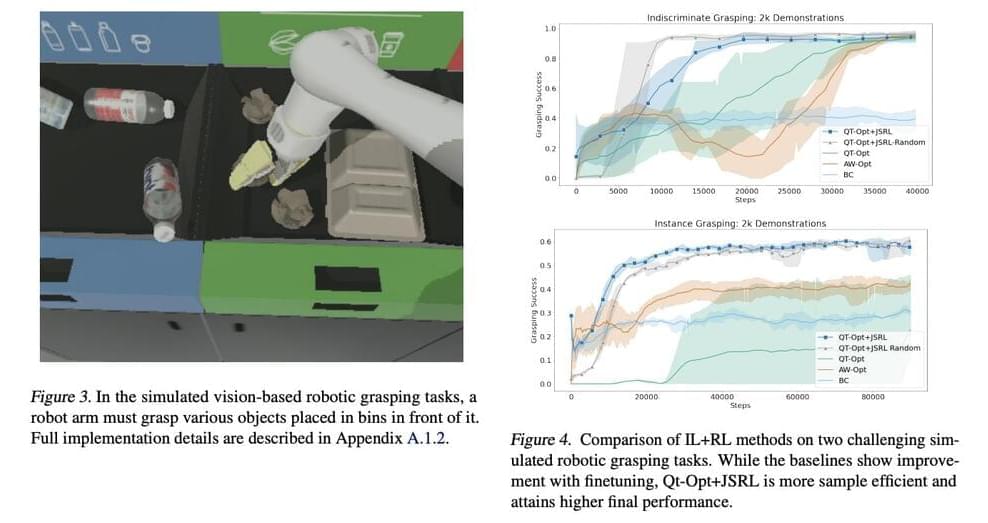Metaverse is the internet’s next big thing. Soon people will be preparing for metaverse jobs that will prove beneficial for tech enthusiasts who are interested in this domain.



John Abbruzzese, On using the multiverse to avoid the paradoxes of time travel, Analysis, Volume 61, Issue 1, January 2001, Pages 36–38, https://doi.org/10.1093/analys/61.1.36.

GitHub can now block and alert you of pull requests that introduce new dependencies impacted by known supply chain vulnerabilities.
This is achieved by adding the new Dependency Review GitHub Action to an existing workflow in one of your projects. You can do it through your repository’s Actions tab under Security or straight from the GitHub Marketplace.
It works with the help of an API endpoint that will help you understand the security impact of dependency changes before adding them to your repository at every pull request.
The Neuro-Network.
𝐒𝐭𝐮𝐝𝐲 𝐦𝐚𝐩𝐬 𝐩𝐬𝐲𝐜𝐡𝐞𝐝𝐞𝐥𝐢𝐜-𝐢𝐧𝐝𝐮𝐜𝐞𝐝 𝐜𝐡𝐚𝐧𝐠𝐞𝐬 𝐢𝐧 𝐜𝐨𝐧𝐬𝐜𝐢𝐨𝐮𝐬𝐧𝐞𝐬𝐬 𝐭𝐨 𝐬𝐩𝐞𝐜𝐢𝐟𝐢𝐜 𝐫𝐞𝐠𝐢𝐨𝐧𝐬 𝐨𝐟 𝐭𝐡𝐞 𝐛𝐫𝐚𝐢𝐧
𝙁𝙤𝙧 𝙩𝙝𝙚 𝙥𝙖𝙨𝙩 𝙨𝙚𝙫𝙚𝙧𝙖𝙡 𝙙𝙚𝙘𝙖𝙙𝙚𝙨, 𝙥𝙨𝙮𝙘𝙝𝙚𝙙𝙚𝙡𝙞𝙘𝙨 𝙝𝙖𝙫𝙚 𝙗𝙚𝙚𝙣 𝙬𝙞𝙙𝙚𝙡𝙮 𝙨𝙩𝙞𝙜𝙢𝙖𝙩𝙞𝙯𝙚𝙙… See more.
Pinpointing the molecular targets behind the subjective effects of psychedelic drugs could help clinicians and researchers better treat psychiatric conditions.


It has been suggested that an advanced civilization might have the technology to warp spacetime so that closed timelike curves would appear, allowing travel into the past. This paper examines this possibility in the case that the causality violations appear in a finite region of spacetime without curvature singularities. There will be a Cauchy horizon that is compactly generated and that in general contains one or more closed null geodesics which will be incomplete. One can define geometrical quantities that measure the Lorentz boost and area increase on going round these closed null geodesics. If the causality violation developed from a noncompact initial surface, the averaged weak energy condition must be violated on the Cauchy horizon. This shows that one cannot create closed timelike curves with finite lengths of cosmic string.

In the field of artificial intelligence, reinforcement learning is a type of machine-learning strategy that rewards desirable behaviors while penalizing those which aren’t. An agent can perceive its surroundings and act accordingly through trial and error in general with this form or presence – it’s kind of like getting feedback on what works for you. However, learning rules from scratch in contexts with complex exploration problems is a big challenge in RL. Because the agent does not receive any intermediate incentives, it cannot determine how close it is to complete the goal. As a result, exploring the space at random becomes necessary until the door opens. Given the length of the task and the level of precision required, this is highly unlikely.
Exploring the state space randomly with preliminary information should be avoided while performing this activity. This prior knowledge aids the agent in determining which states of the environment are desirable and should be investigated further. Offline data collected by human demonstrations, programmed policies, or other RL agents could be used to train a policy and then initiate a new RL policy. This would include copying the pre-trained policy’s neural network to the new RL policy in the scenario where we utilize neural networks to describe the procedures. This process transforms the new RL policy into a pre-trained one. However, as seen below, naively initializing a new RL policy like this frequently fails, especially for value-based RL approaches.
Google AI researchers have developed a meta-algorithm to leverage pre-existing policy to initialize any RL algorithm. The researchers utilize two procedures to learn tasks in Jump-Start Reinforcement Learning (JSRL): a guide policy and an exploration policy. The exploration policy is an RL policy trained online using the agent’s new experiences in the environment. In contrast, the guide policy is any pre-existing policy that is not modified during online training. JSRL produces a learning curriculum by incorporating the guide policy, followed by the self-improving exploration policy, yielding results comparable to or better than competitive IL+RL approaches.

Controllable protein attachment onto solid interfaces is essential for the functionality of proteins with broad applications. Silica-binding peptides (SBPs) have emerged as an important tool enabling convenient binding of proteins onto a silica surface. Surprisingly, we found that removal of polyhistidines, a common tag for protein purification, dramatically decrease the binding affinity of a SBP-tagged nanobody onto a silica surface. We hypothesized that polyhistidines and SBPs can be combined to enhance affinity. Through a series of purposely designed SBPs, we identified that the relative orientation of amino acids is a key factor affecting the surface binding strength. One re-engineered SBP, SBP4, exhibits a 4000-fold improvement compared to the original sequence.

Pulling up to a house in the suburbs of Boulder, Colorado, the white van seems unremarkable — almost nondescript, save for a few institutional decals. But when the door slides open, it reveals an unusual scene: the standard benches have been tossed out, traded for retractable tables, an examination chair, and a psychedelic wall rug (to mellow the vibe).
CSIS will host a public event on responsible AI in a global context, featuring a moderated discussion with Julie Sweet, Chair and CEO of Accenture, and Brad Smith, President and Vice Chair of the Microsoft Corporation, on the business perspective, followed by a conversation among a panel of experts on the best way forward for AI regulation. Dr. John J. Hamre, President and CEO of CSIS, will provide welcoming remarks.
Keynote Speakers:
Brad Smith, President and Vice Chair, Microsoft Corporation.
Julie Sweet, Chair and Chief Executive Officer, Accenture.
Featured Speakers:
Gregory C. Allen, Director, Project on AI Governance and Senior Fellow, Strategic Technologies Program, CSIS
Mignon Clyburn, Former Commissioner, U.S. Federal Communications Commission.
Karine Perset, Head of AI Unit and OECD.AI, Digital Economy Policy Division, Organisation for Economic Co-Operation and Development (OECD)
Helen Toner, Director of Strategy, Center for Security and Emerging Technology, Georgetown University.
This event is made possible through general support to CSIS.
A nonpartisan institution, CSIS is the top national security think tank in the world.
Visit www.csis.org to find more of our work as we bring bipartisan solutions to the world’s greatest challenges.
Want to see more videos and virtual events? Subscribe to this channel and turn on notifications: https://cs.is/2dCfTve.